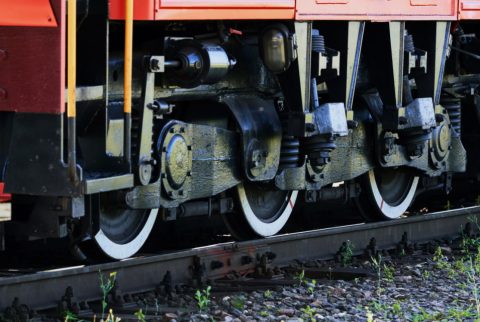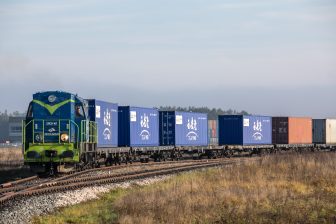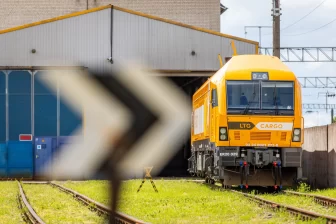
Latvian Railways on restructuring track to boost cargo operations
Image: SJSC Latvian Railway. Gatis Rozenfelds
The recently appointed Latvian transport minister Jānis Vitenbergs is putting rail freight on the top of his agenda. Boosting cargo transport is among his priorities, and he is willing to restructure Latvian Railways to meet his objectives.
Do you want to read the full article?
Thank you for visiting RailFreight.com. Become a member of RailFreight Premium and get full access to all our premium content.
Are you already a member?
Having problems logging in? Call +31(0)10 280 1000 or send an email to customerdesk@promedia.nl.





Reconstruction, reinvestment, any investment, safe and sustainable, shall provide for upgrading!
(All other devices, those resilient, upgrade for added load – and lower costs…)
Regrettfully TEN-T, as stuck at a primitive track standard (a low price, but a high cost) is obstructing.
Added capacity and added utilisation of existing, multimodal transport systems, etc., etc., all now call for a railway proving robust, thus, in all respects. resilient and redundant!
A New Old Railway is needed!